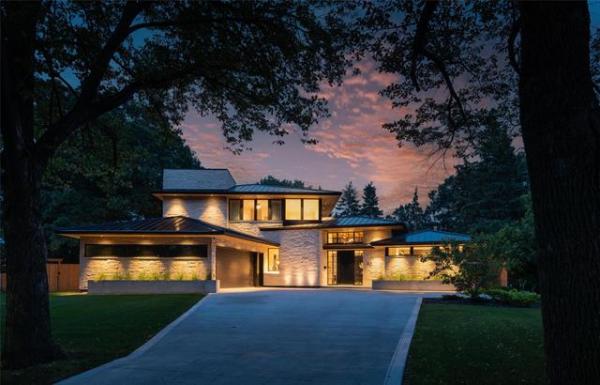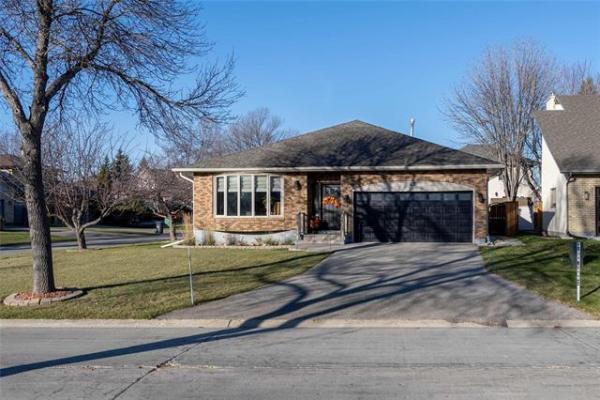Question: I’m wondering if you could offer a practical solution for an issue which is a real problem in very cold weather. I had the basement, with a poured concrete foundation, insulated with foam a while ago. This was very effective at lowering my gas bill in the winter. However, since then, during extremely cold weather I get ice build up on the baseboards on the exterior walls of the living room. There is also some black mold as well. It improved a lot with use of a dehumidifier but is still a problem. The living room is not insulated. The varnished elm 10-inch baseboards are original and more than 90 years old. I think I need to remove the baseboards to seal the apparent air leaks but am afraid they will crack. I’d prefer to keep them for the character they provide. Any suggestions?
U. F.
Answer: Stopping air leakage in an older home can present a challenge, especially when some portions are well sealed and others are not. Partially sealing the baseboard area may help prevent the frost, but only complete wall insulation and better moisture management may stop it from reoccurring elsewhere.
Insulating your older foundation with spray-on foam will be a very effective way to warm up the basement and prevent excessive air and heat loss, especially above grade. One of the most difficult areas to achieve a good air seal are the cavities near the ends of the joists, at the top of the foundation walls. This is especially difficult in our area, where the ends of the joists are typically embedded in the concrete walls, with no true rim joist. After years of drying out and shrinking, there can be significant gaps, which may let cold air easily infiltrate this space. Spraying foam into these pockets is the best way to ensure complete air sealing and prevent drafts along with heat and air loss in cold weather.
While that upgrade you have wisely done will do a great job below the main floor sheathing, it will do nothing for the area above. That area is where the main floor exterior walls are built on top of the foundation and floor joists. As that older fir framing and sheathing, outside siding, trim and inside plaster dries out there can be some fairly large gaps where air can move in and out of the wall assembly. Especially underneath the bottom wall plate, which is the area directly behind your large, beautiful wood baseboards, significant gaps can develop. This is the most likely cause of the frost buildup, as the moist indoor air comes in contact with the freezing cold winter air penetrating these cavities.
While this can seem like a strange comment, your above average efforts to insulate the basement with spray foam may actually have increased the chances of frost buildup in other areas of the home. If you also have upgraded doors and windows, as well as attic insulation, the chances of isolated problems will further increase. The reason for this is that when the entire building enclosure was poorly insulated, after its original construction, large areas of air leakage were present throughout the house. In that situation you had more air leaking in and out of the living area, but at much lower pressure through each of the multiple large breaches in the building enclosure. Since eliminating these from the large basement area, you have significantly cut down on the volume of the air gaps. If you have retrofitted new windows and doors, the large, poorly sealed spaces integral with those old units have also been closed. So, the smaller number of remaining air gaps are subject to much higher individual air pressure. That can lead to less problem areas of air leakage, but larger noticeable problems at the remainder of the offending air gaps.
This is a common problem, which is rarely communicated beforehand by the contractors and the energy conservation organizations promoting the upgrades. This may also be compounded by another biproduct of the energy-saving retrofits. Because the air that used to easily leak out of the living space often has a high moisture content, a leaky old home would normally be very dry in the heating season. Now that the air leaks have been minimized, that humid air will stay in the home, increasing the relative humidity (RH). Since the RH is higher in the indoor air, it is easier for condensation to occur when that moist air hits spots of cold air infiltration, like the area under your baseboards. The answer to that issue is to take extra measures to reduce the RH in the home, now that is more airtight. Your dehumidifier may help somewhat, but dryer indoor air can better be accomplished by installing and using exhaust fans in the most humid areas, like the bathrooms and kitchen.
The only reason to remove the baseboards would be if you were going to insulate all the exterior walls. Doing only the living room would possibly relocate the frost issue to another area, where there are also some larger gaps for cold air to leak in. You may be better off to take off the quarter-round moulding at the bottom of the baseboard, if there is one, and drill small holes in the bottom of the baseboard. Then, you could blow expanding foam from a can into the small space below the wall cavity, or gap under the wall, with the straw inserted into the small hole. Once cured, the quarter-round could be reinstalled, or replaced if damaged, with the gap in that area sealed. You may have to do this in several areas around the house, but it may be an effective way of sealing the worst areas and stopping the frost formation.
Completely keeping your home condensation and frost free during cold winter weather may require a major exterior wall insulation job. Reducing your RH and air sealing the problem areas behind the baseboards may provide a more localized and immediate solution to the worst areas, in the short term.
Ari Marantz is the owner of Trained Eye Home Inspection Ltd. and a Registered Home Inspector (RHI)(cahpi.ca). Questions can be emailed to the address below. Ari can be reached at 204-291-5358 or check out his website at trainedeye.ca.
trainedeye@iname.com



